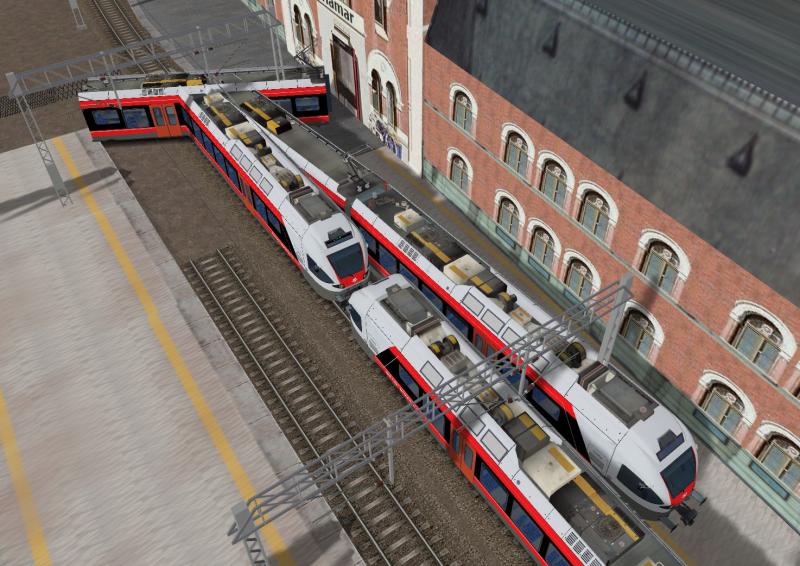Within a track database junctions are defined by their location in a UiD, e.g.
TrackNode ( 1816
TrJunctionNode ( 0 21546 0 )
UiD ( -5584 14977 3019 0 -5583 14977 -1023.82 36.95 -77.917 0 1.71644 0 )
The tile is defined twice within the UiD. The first two numbers (-5584 and 14977) and the 5th and 6th numbers (-5583 14977). My question is: why is it defined twice? And more importantly, which set should be used for what, especially in the case that they are not consistent (as in the above case)?
Currently, as far as I can see, ORTS code just uses them interchangeably. But this can lead to a fail (see for instance Broken Path in Berlin, which contains a link to the real route : SFS Hanover-Berlin v3).
Anyone know exactly what the difference is between the two sets? Or can be safely simply ignore the first set and only use the second set?
Thanks, Jeroen

 Log In
Log In Register Now!
Register Now! Help
Help







